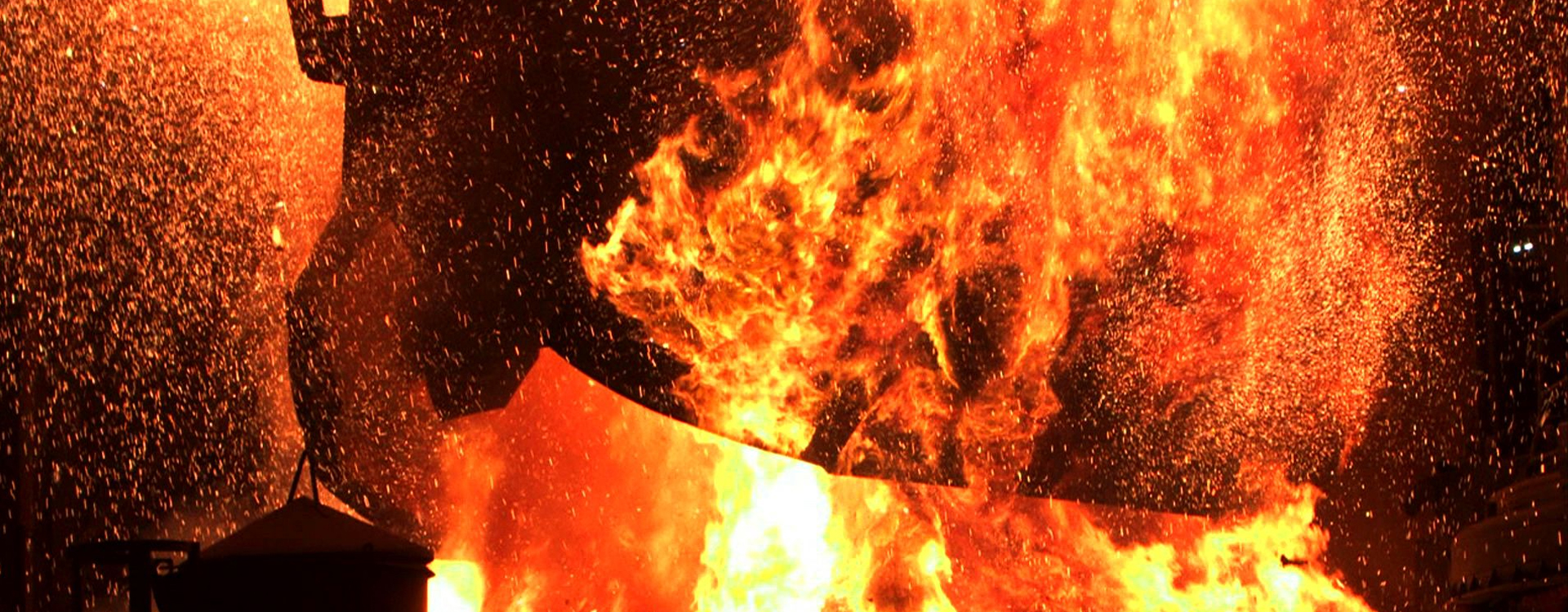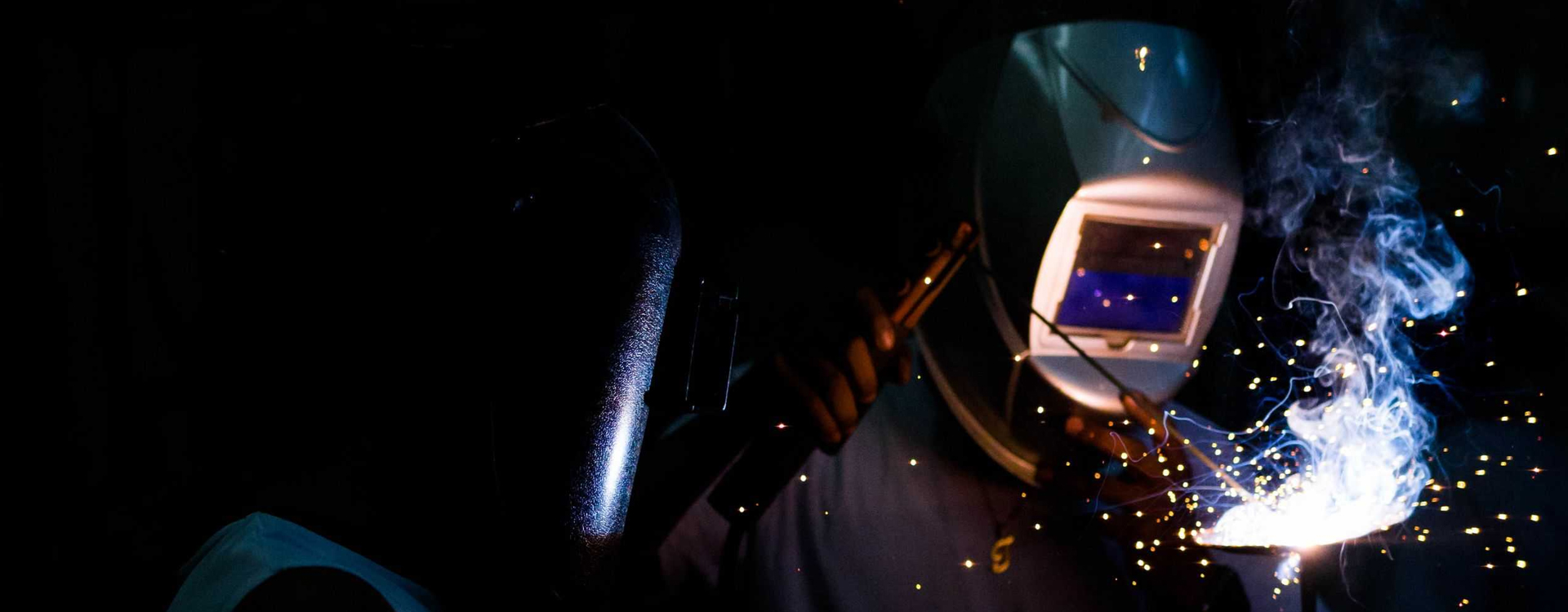Seminar Details
The escalating worldwide utilization of Glass Fiber Reinforced Polymer (GFRP) composites across diverse industrial domains has resulted in substantial waste accumulation, thereby underscoring the imperative for the development of efficient and environmentally sustainable recycling methodologies. Two different recycling techniques are discussed in this report. This report presents the flexural and creep behaviour of recycled glass fiber-reinforced epoxy composites (RGFECs) across different temperatures and reuse of recycled short glass fibers (RSGFs) in virgin glass fiber reinforced epoxy composites (VGFECs). The recycled glass fiber (RGFs) fabrics were obtained after 6 cycles, each cycle consisting of an optimized 7.5 min microwave irradiation phase and cooling phase, in a peracetic acid medium. As anticipated, the flexural strength of virgin glass fiber epoxy composites (VGFEC) is higher than that of RGFEC by 13%, 10%, and 28% at 50 °C, 70°C, and 100°C, respectively. Further, creep testing revealed a higher temperature sensitivity of RGFEC composites in comparison to VGFEC. When the testing temperature increased from 50°C to 70°C and 70°C to 100°C, the instantaneous creep strain of VGFEC increased by ~11% and ~3%, respectively and for RGFEC, it was ~23% and ~44%, respectively. The optimum concentration of RSGFs in VGFEC is found out to be 0.3 wt%, yielding ~23% higher flexural strength and ~9% higher modulus compared to VGFEC. Recycling of glass/epoxy composites at 150°C required lesser recycling time and consumed less DMSO solvent when compared to other recycling temperatures (130°C, 170°C).



